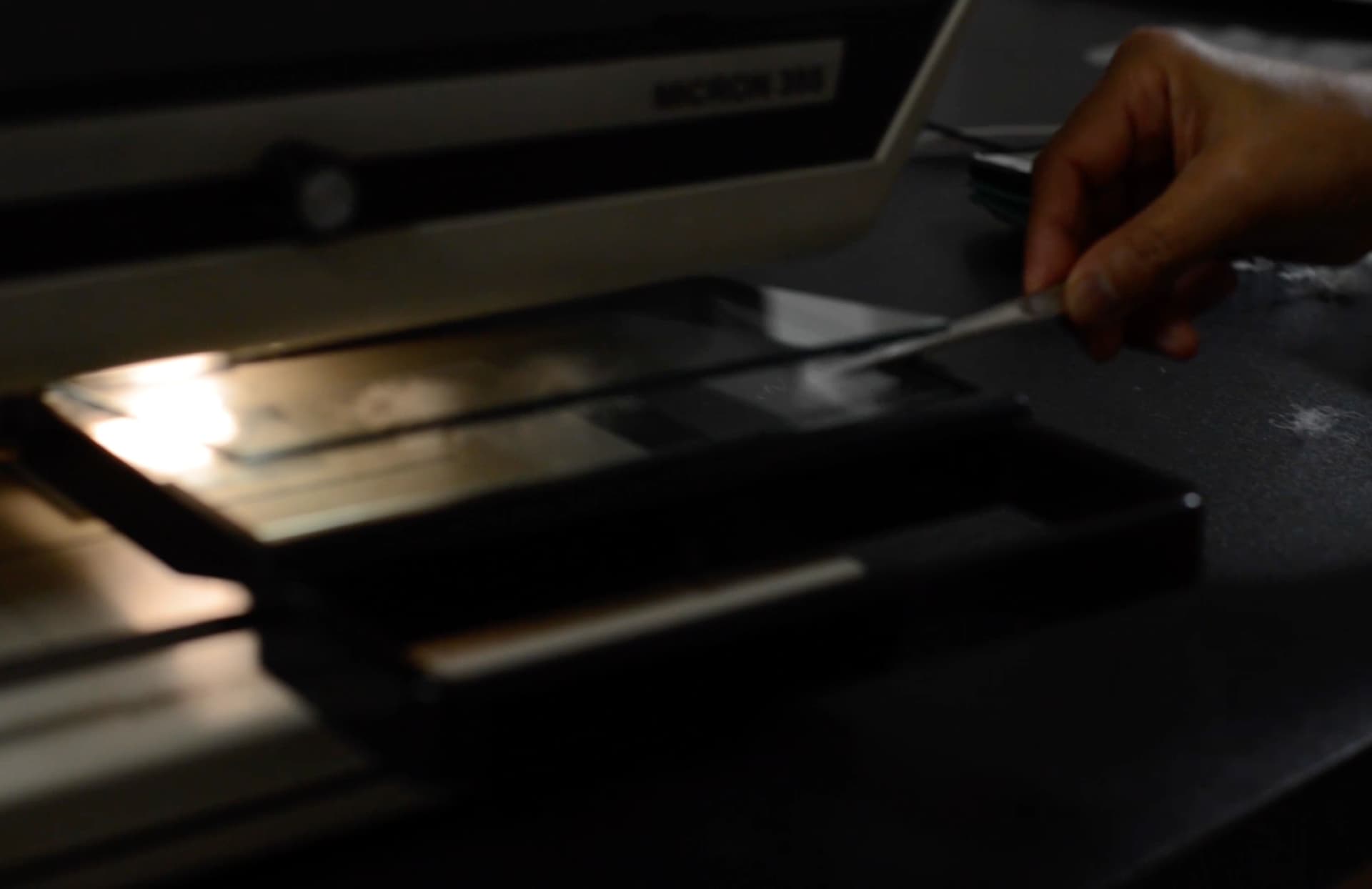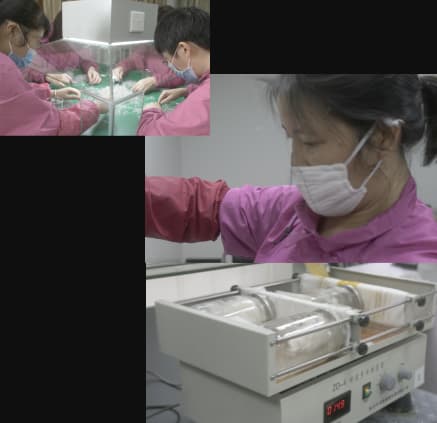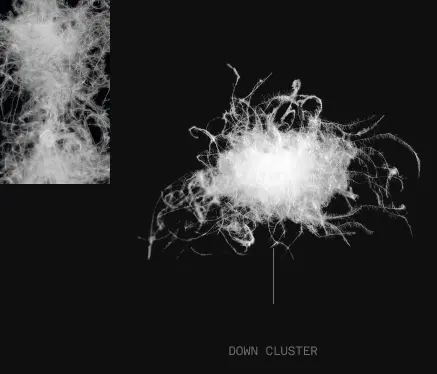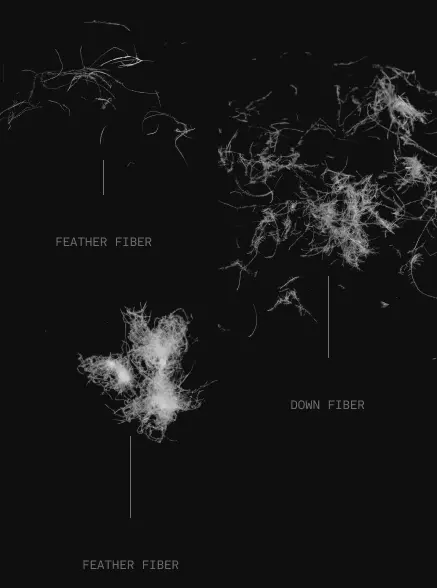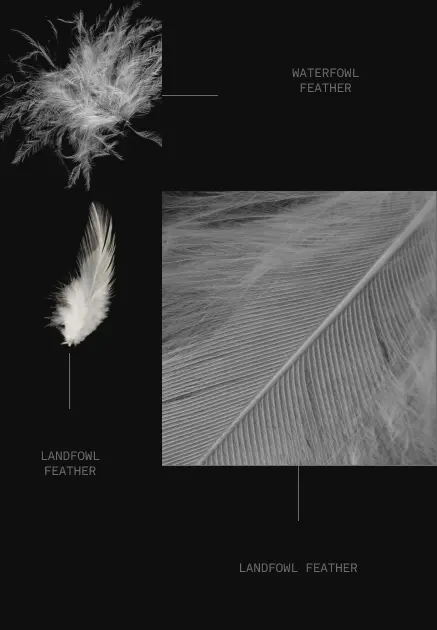While it has been regularly verified that down has the highest warmth to weight potential of any insulation, it is also difficult to identify exact warmth metrics for any particular specification or fill power. What makes down such an incredibly wide ranging insulation also makes it very difficult to establish a static warmth number since it can be used in so many different ways; creating either a lightweight layering piece or heavy 8000 m parka with the exact same material. Many brands and customers want to see comparisons, but it is important to understand how warmth is usually measured and why this can be misleading.
The normal method for testing warmth is CLO (TOG being another). The CLO measuring system was developed to simplify thermal resistance and measure entire clothing systems.
Generally, panels or blankets are built and laid upon a plate that measures the stability when air is blown over top. The testing machinery measures the thermal resistance of the material on top and formulas are used to determine final CLO number.
THE PROBLEM WITH CLO
One of the biggest problems with CLO measurements in general is the formulas used to determine the CLO from the thermal resistance. While comparative testing can be down within singular labs, It can be grossly misleading to simply compare CLO values with no understanding how they were measured.
Additionally, the entire construction of the blanket used has a measurable effect. Fill weights, stitching lines and fabrics themselves all contribute. So unless everything is the same, to look at a simple CLO value from different sources to compare materials, will likely never be accurate.
And with down, even simply isolating the material, the fill weight has a tremendous effect in the resulting CLO. There is no industry standard for testing insulations for warmth so depending on how much down is being tested, the result will vary. This is why ALLIED will never claim a CLO value for any individual quality and why we think marketing communications like “as warm as down” are grossly misleading.
If brands want to understand and quantify warmth for their garments or sleeping bags, it is necessary to test the final products or within comparative testing for equally built prototype panels.
This is also why it is always impossible to answer the seemingly simple question, “Will 800 fill power be warm enough for …” without a knowledge of the entire holistic product.












